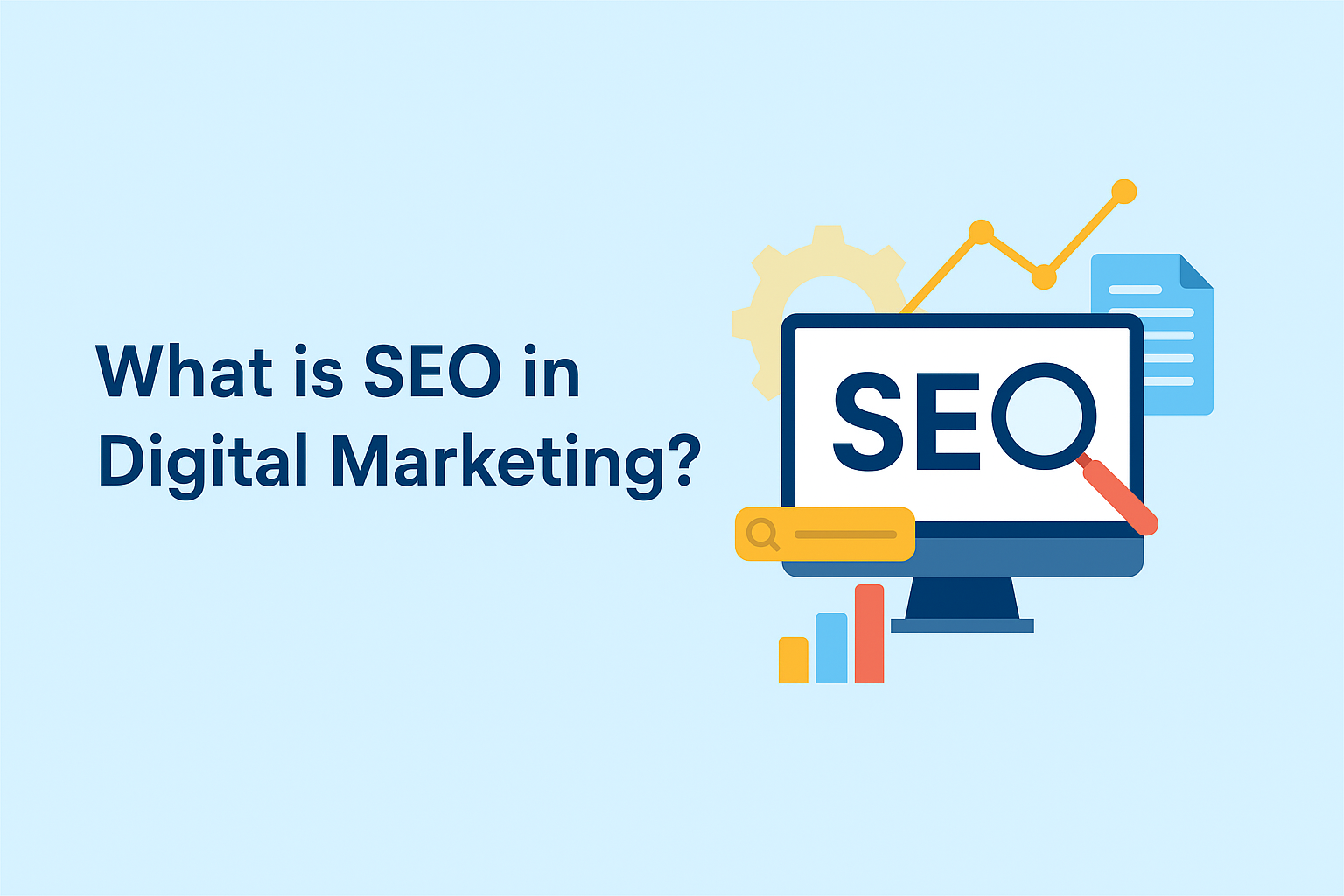In 2025, the process of building a website has evolved to combine intuitive tools with a more strategic approach involving website design and marketing. Whether you’re an entrepreneur, freelancer, or small business owner, having a strong online presence is essential. This comprehensive guide will walk you through every step to build a professional, high-performing website from scratch.
Define Your Website's Purpose and Goals
Before you dive into the technical aspects of web creation, it’s important to define what your website is meant to achieve. Is it a marketing website design aimed at lead generation? Is it an e-commerce platform, portfolio, or blog? Clarifying your goal will shape the website’s structure and content. Understanding your target audience’s needs and behavior helps you design a site that resonates with them. If your goal involves sales or visibility, consider integrating website development marketing tactics early in your planning process.
Choose the Right Website Platform
Choosing the right platform is a foundational decision. In 2025, platforms range from advanced CMS options like WordPress to beginner-friendly website builders with built-in website marketing services. Each platform offers different levels of customization, control, and scalability. If your website is intended to support long-term growth, ensure the platform can handle integration with tools for web design, digital marketing, and e-commerce features. Also, review the SEO and mobile-responsiveness capabilities of your chosen platform.

Select and Register a Domain Name
Your domain name is your brand’s online identity. Aim for something concise, memorable, and relevant to your niche. Ideally, it should include a keyword or brand name that supports your competitive design strategy. Check domain availability and choose a well-regarded registrar. Extensions like .com, .net, or even .tech can help you differentiate your brand. Make sure your domain name aligns with your long-term website design and marketing strategy.
Choose a Reliable Web Hosting Service
Web hosting plays a crucial role in site speed, uptime, and security. Evaluate hosting services based on bandwidth, storage, customer support, and uptime guarantees. A slow-loading website will negatively affect your SEO and web design digital marketing efforts. If you’re targeting high traffic or rapid growth, consider cloud or VPS hosting. A strong host ensures seamless performance and reduces bounce rates, which in turn supports your overall website marketing services strategy.
Plan Your Website Structure and Content
Your website’s layout should be logical and user-friendly. Begin with a sitemap that outlines all primary and secondary pages, ensuring smooth navigation and clear user pathways. Pages like Home, About, Services, Blog, and Contact are standard for most professional sites. Incorporate CTAs throughout the layout to drive action. Content should be crafted based on SEO research and user intent. Align every page with your website design and marketing objectives to maintain consistency and effectiveness.
Design Your Website's Layout and User Interface
Effective design is more than aesthetics—it drives engagement and conversion. Use a responsive layout that adapts to all devices and screen sizes. Focus on accessibility, clear fonts, consistent color schemes, and a clean interface. A marketing website design should strategically guide users to your CTAs without distractions. Visual hierarchy is key—highlight what matters most. Consistency across pages builds trust.
Develop and Integrate Essential Features
Beyond visual design, your site needs to be functional. Integrate elements such as a secure contact form, live chat, newsletter signup, and social media sharing buttons. Add analytics tracking to understand user behavior and adjust strategy accordingly. Incorporate tools that support website marketing services, like heatmaps or A/B testing features. These features not only improve engagement but also make it easier to implement effective web design and digital marketing strategies over time.
Optimize for Search Engines (SEO)
SEO is a long-term investment. Start by conducting keyword research to understand what your audience is searching for. Optimize meta titles, descriptions, image alt tags, and headings using relevant terms such as website design and marketing. Use schema markup to improve how your site appears in search results. An internal linking strategy helps search engines crawl your site efficiently. Avoid keyword stuffing; instead, focus on delivering high-value, keyword-rich content naturally across the site.
Test Your Website Before Launch
Testing ensures that your site performs flawlessly across all browsers and devices. Check for broken links, loading speed, mobile responsiveness, and security vulnerabilities. Conduct usability testing with real users to get feedback on the navigation flow and design clarity. Fixing these issues before launch safeguards your competitive design and reinforces a professional user experience that supports your website marketing services goals.
Launch and Promote Your Website
Once testing is complete, it’s time to launch. Submit your sitemap to Google Search Console and verify ownership. Promote the website through email newsletters, social media, and partnerships. Align your promotional strategy with your overall website development and marketing plan. Consider using paid ads, influencer outreach, or press releases to build traction. Launching is not a one-time event but the beginning of an ongoing promotional lifecycle.
Maintain and Update Your Website Regularly
A live website requires continuous maintenance. Regularly update content to keep it relevant and engaging. Run security scans and back up your site frequently. Monitor analytics to track key metrics like bounce rates, session durations, and conversions. Adjust your web design and digital marketing strategies based on performance data.
Conclusion
Building a website from scratch in 2025 is a mix of creativity, strategy, and technical execution. By aligning each stage—from defining goals to maintenance—with your objectives, you ensure that your site not only looks great but performs exceptionally. With thoughtful planning, user-focused design, and a robust website marketing services strategy, your website can become a powerful tool for branding, lead generation, and long-term growth.



